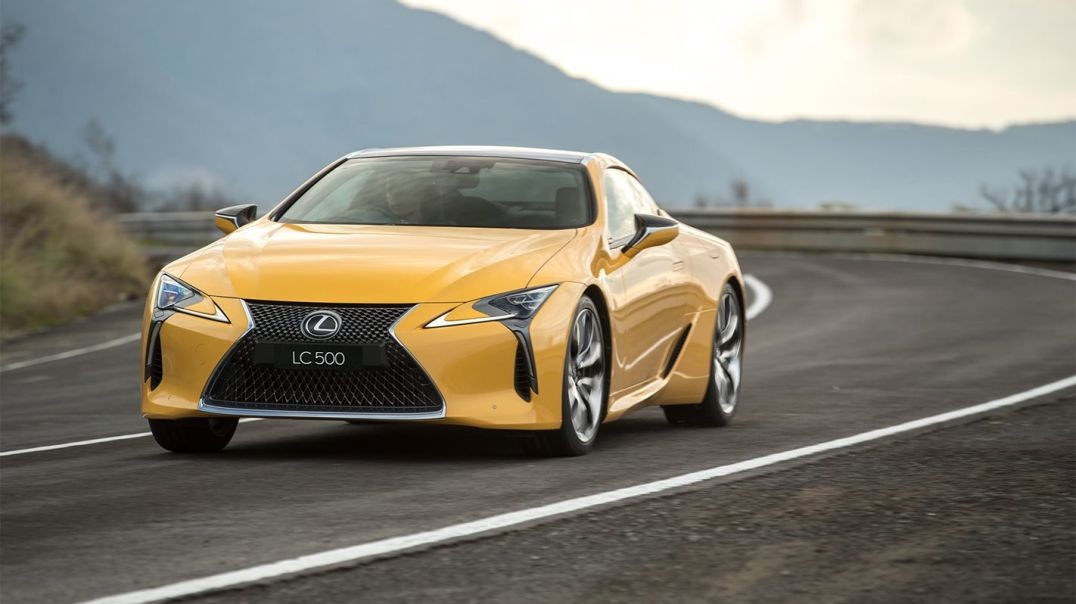1.6K Views· 23 May 2024
Low and High profile tire + Wide and Narrow tire - Effects on Performance
Understanding the impact of different tire profiles and widths on vehicle performance is crucial for making informed decisions about your car's handling, ride comfort, and overall driving experience. This guide explores the effects of low and high-profile tires, as well as wide and narrow tires, on various aspects of vehicle performance.
### Low Profile Tires
**Definition:** Low profile tires have shorter sidewalls and larger wheel diameters. The aspect ratio, which is the tire's height compared to its width, is typically lower than 50%.
**Effects on Performance:**
- **Handling:** Low profile tires provide better handling and stability, especially during high-speed cornering. The shorter sidewalls reduce flex, leading to more precise steering response.
- **Ride Comfort:** The reduced sidewall height can lead to a harsher ride as there is less cushion to absorb road imperfections.
- **Aesthetics:** Often chosen for their sleek and sporty appearance, enhancing the visual appeal of the vehicle.
- **Road Noise:** Typically higher road noise due to less rubber to absorb sound and vibrations.
- **Susceptibility to Damage:** Increased risk of damage from potholes and curbs due to the reduced cushioning from the shorter sidewalls.
### High Profile Tires
**Definition:** High profile tires have taller sidewalls and smaller wheel diameters. The aspect ratio is usually higher than 50%.
**Effects on Performance:**
- **Handling:** Provides a smoother, more comfortable ride but can compromise handling and cornering stability due to more sidewall flex.
- **Ride Comfort:** Better at absorbing bumps and road irregularities, resulting in a more comfortable ride.
- **Aesthetics:** May not look as sporty but can give the vehicle a rugged, off-road capable appearance.
- **Road Noise:** Generally quieter due to the increased amount of rubber to absorb noise and vibrations.
- **Durability:** Better protection against potholes and curbs, reducing the likelihood of rim damage and tire blowouts.
### Wide Tires
**Definition:** Wide tires have a larger contact patch with the road, meaning more surface area is in contact with the pavement.
**Effects on Performance:**
- **Traction:** Increased traction and grip, especially useful for high-performance and sports cars. This is particularly noticeable during acceleration, cornering, and braking.
- **Handling:** Improved handling due to the larger contact area, providing better stability and control.
- **Aquaplaning:** Greater risk of hydroplaning in wet conditions as wide tires can struggle to channel water away effectively.
- **Fuel Efficiency:** Can negatively impact fuel efficiency due to increased rolling resistance.
- **Aesthetics:** Often chosen for their aggressive and performance-oriented look.
### Narrow Tires
**Definition:** Narrow tires have a smaller contact patch with the road, meaning less surface area is in contact with the pavement.
**Effects on Performance:**
- **Traction:** Less traction compared to wide tires, which can be a disadvantage for high-speed driving but sufficient for everyday use.
- **Handling:** Less stability and grip during high-speed cornering but can be advantageous in snowy or icy conditions where a narrower contact patch can penetrate the surface better.
- **Aquaplaning:** Reduced risk of hydroplaning due to the ability to cut through water more effectively.
- **Fuel Efficiency:** Improved fuel efficiency due to reduced rolling resistance.
- **Aesthetics:** May not look as sporty but can provide a classic, understated appearance.
### Conclusion
Choosing between low and high-profile tires, as well as wide and narrow tires, depends on your driving needs and preferences. Low profile and wide tires are ideal for performance-oriented drivers seeking better handling and a sporty look, but they come with trade-offs in ride comfort and fuel efficiency. High profile and narrow tires offer a more comfortable ride and better performance in adverse conditions, such as snow or rain, but may sacrifice some handling capabilities.
By understanding these differences, you can select the tire type that best matches your driving style and the conditions you most frequently encounter.





























0 Comments